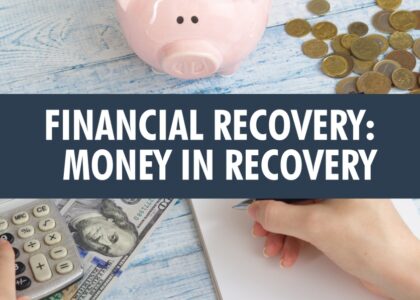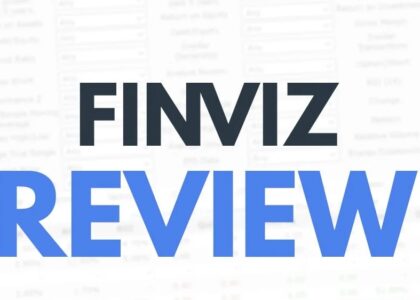Introduction: Planning for early retirement
Early retirement is a dream for many, but achieving it requires careful planning for early retirement, smart financial strategies, and long-term discipline. Whether you want to travel the world, spend more time with family, or pursue passion projects, retiring early is possible with the right approach. In this guide, we’ll explore actionable steps to help you retire ahead of schedule while maintaining financial security.
Why Early Retirement is Gaining Popularity
With rising work stress, increased financial awareness, and better investment opportunities, more people are striving to leave the workforce earlier than the traditional retirement age. The FIRE (Financial Independence, Retire Early) movement has inspired many to rethink their financial habits and prioritize savings and investments over consumer spending.
Steps to Plan for Early Retirement

1. Set a Clear Retirement Goal
Before you start planning for early retirement, define what it looks like for you:
- At what age do you want to retire?
- What lifestyle do you envision?
- How much money will you need annually to sustain your lifestyle?
- Will you completely stop working or transition to part-time?
Having a clear vision helps you estimate the savings required to achieve your retirement goals.
2. Calculate Your Retirement Savings Target
Use the 4% rule, a common guideline in retirement planning. It suggests withdrawing 4% of your savings annually in retirement while keeping your funds sustainable over 30+ years.
For example:
- If you need $40,000 per year in retirement, you should aim for $1 million in savings ($40,000 x 25 years).
- Consider additional sources like rental income, dividends, or part-time earnings to supplement your savings.
3. Maximize Your Savings Rate
To retire early, you need to save aggressively—often 50% or more of your income. Here’s how:
- Reduce Expenses: Cut unnecessary spending, downsize your home, and eliminate debt.
- Increase Income: Seek promotions, start a side hustle, or invest in skills that raise your earning potential.
- Automate Savings: Set up automatic contributions to retirement accounts and investment portfolios.
4. Invest Wisely for Long-Term Growth
Building wealth for early retirement means investing strategically. Consider:
- Stock Market: Index funds and ETFs provide long-term growth with lower risk.
- Real Estate: Rental properties can generate passive income.
- Tax-Advantaged Accounts: Max out 401(k), Roth IRA, and HSA contributions.
- Dividend Stocks: Provide a steady income stream post-retirement.
Diversification is key to mitigating risk while ensuring your money grows over time.
5. Minimize Debt and Control Expenses

Debt can slow down your early retirement plans. Prioritize:
- Paying off high-interest credit cards.
- Eliminating student loans or refinancing for lower interest rates.
- Avoiding lifestyle inflation, even as your income grows.
A frugal yet fulfilling lifestyle ensures your retirement funds last longer.
6. Plan for Healthcare and Unexpected Costs
Healthcare is one of the biggest expenses in retirement. Consider:
- Health Savings Accounts (HSAs): Tax-advantaged funds for medical expenses.
- Private Health Insurance: If you retire before Medicare eligibility.
- Emergency Fund: Maintain 6-12 months of living expenses in liquid savings.
7. Test Your Early Retirement Plan
Before quitting your job, test your retirement budget:
- Live on your projected retirement income for a year.
- Track expenses and adjust where needed.
- Consider phased retirement, reducing work hours gradually.
Common Challenges and How to Overcome Them
1. Running Out of Money
Solution: Adopt a flexible withdrawal strategy and consider part-time work or passive income streams.
2. Inflation Impact
Solution: Invest in inflation-protected assets like TIPS (Treasury Inflation-Protected Securities) and real estate.
3. Unexpected Expenses
Solution: Maintain a robust emergency fund and have diversified income sources.
FAQs on Planning for Early Retirement
1. How much should I save each month for early retirement? The amount depends on your target retirement age and lifestyle. Use a retirement calculator to estimate savings needs.
2. Is early retirement realistic for middle-income earners? Yes, by increasing income, reducing expenses, and investing wisely, anyone can retire early.
3. Can I retire early without a million-dollar portfolio? Yes, with alternative income sources like rental properties, dividends, or part-time consulting.
Conclusion
Planning for early retirement requires discipline, strategic investments, and careful budgeting. By setting clear goals, saving aggressively, and making smart financial choices, you can achieve financial independence and retire on your terms. Start planning today and take control of your future.
For more expert personal finance tips, visit GetCashVibe and start your journey toward financial freedom!






